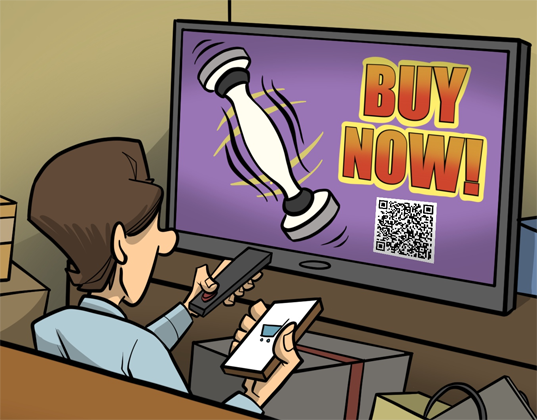One of the blessings of a competitive market is that people can shop for the things that fit their needs. But one of its curses is that consumers sometimes get confused if they have too many choices. Instead of making buying determinations easier, decision-making can come to a halt. This simple reality marks both proprietary interests and nonprofits.
The entity we refer to as the postal industry in America is remarkably diverse. Such diversity is a product of the natural differences that exist among various sectors: financial mailers, parcel shippers, magazine publishers, direct mail marketers and so on. It’s also a result of how these sectors’ choices have been shaped by dynamics that have long been part of our reorganized postal system.
For instance, postal ratemaking is generally considered a zero-sum game. Some mailer’s gain must be reflected by another mailer’s loss. Defining such things as being in the industry’s best postal interests often has been an exercise in frustration, if not futility.
However, circumstances have changed since yesteryear’s postal reorganization. But our industry’s patterns and modes of behavior have not. On questions regarding postal legislative and regulatory reform, the industry often has paralyzed itself with its own irreconcilable views. Worse still, some find it hard to ditch the fantasy that wishing for something to happen is enough on its own.
This industry’s inability to act like an industry has resulted in abandoning the playing field to adversaries more than once. Today the
 Network
Network

